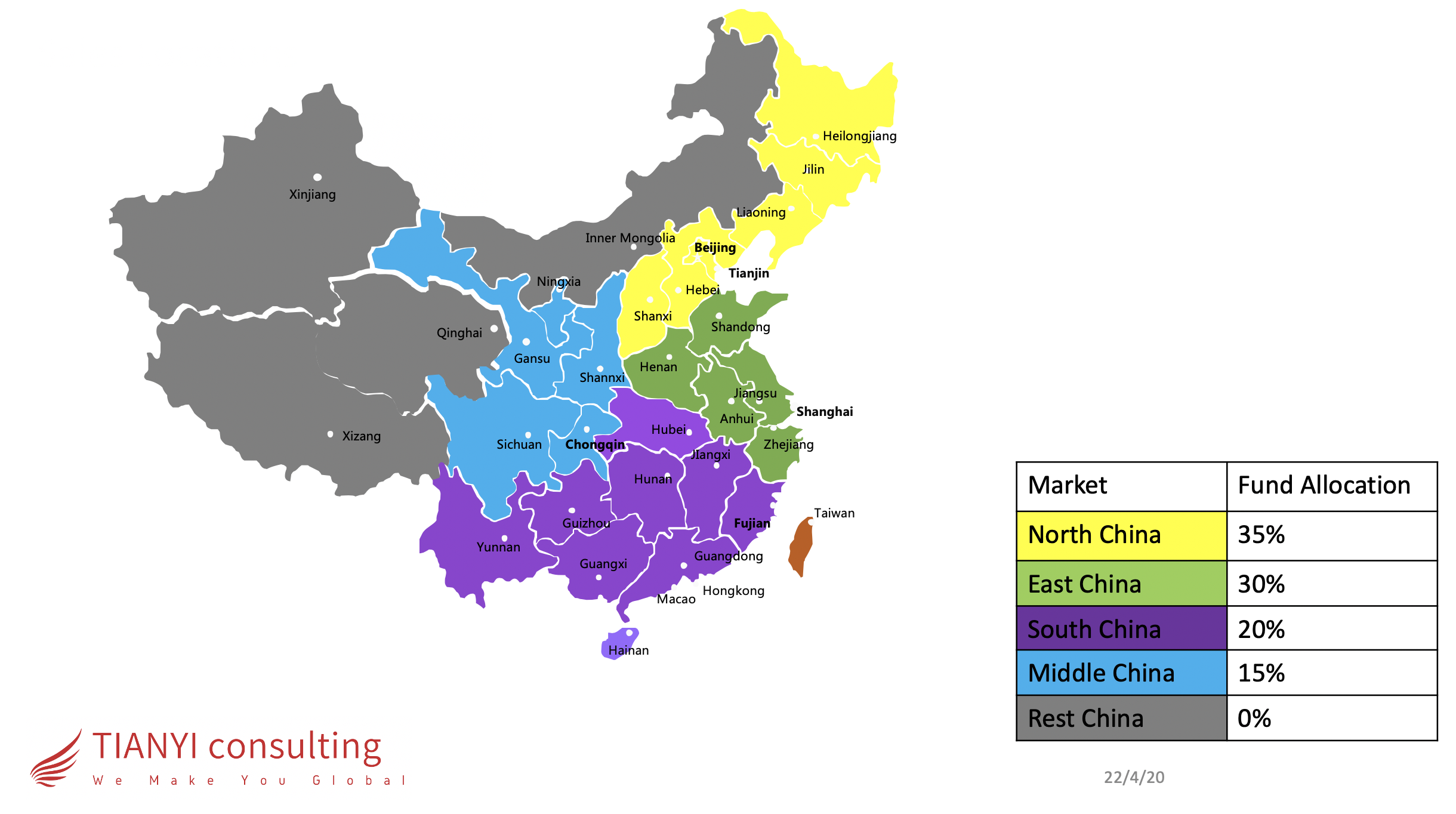For over 10 years, I managed the distribution for high-tech and high-value (USD50,000+ per unit) product in China. I have established direct sales teams as well as distribution network across China. With a tracking record of achieving rapid business growth in China, people always asked me what could be the best distribution model in China. Although there is no easy answer to this question, I write this article to provide my view and some tips for companies to consider before deciding on their distribution model for China.
When people talk about the Chinese market, the first impression people always have is that China is a vast country with a huge population and massive business opportunities. In general, it is still true today even though the growth rate of the economy has slowed down quite a bit. However, people should consider the following facts that lay behind the business opportunities:
- Have you completed all the necessary preparation? China is also the most competitive market in the world, your strongest competitors are all trying their best to gain their market share. Beside the distribution network, are you ready to compete in this market, is your product and technology competitive enough, is your price competitive enough, are you ready to embrace the market which may have a very different culture compared to your home country?
- Is your business plan up to date? The operating (direct and indirect) cost for a business in China is quite high, the cost to acquire talent in China is equal or higher compared to the most developed countries such as U.S and Germany. When you plan to go direct, please make sure that your business plan reflects the correct cost base. When you plan to have distributors, please also make sure that the business plan is attractive to your potential business partner.
- Have you completed market research around China? Depending on which industry you serve, there’re still a huge territory difference in China between the provinces. In general, the coastal areas are more developed than the inner areas, however, in the recent years, there are more and more investments in the middle and West China especially after the launch of the Belt and Road Initiative. You have more Petro chemical industry in west and middle China, and electronics industry are more established in the south and East part of China. Before you set up your distribution network, you should do the market research to find out the areas in China where you should put your initial focus.
After going through the above-mentioned questions and coming up with your initial answers. I have put together a comparison of different distribution models that you can consider implementing in China:
Comparison of different Chinese distribution models
| Distribution Model | Advantage | Disadvantage | Typical Companies to adopt the model |
| Exclusive distributor | Easy to manage
Strong motivation for the distributor |
High risk and cost when the relationship fails and/or business performance not good | Annual revenue opportunity <2M USD
or 50 units
|
| Non-exclusive distributor | Good market coverage
Have more than one channel to collect market information |
Difficult to manage without local presence
Risk to damage the brand reputation due to internal competition |
Annual revenue opportunity <5M USD
or 100 units product covers very different market segment which can be clearly defined |
| Sales agent + factory employed service and application | Easy market penetration
Better service Direct contact to the customer service revenue opportunity |
High operating cost
Sales agent less motivated and feel threatened
|
Annual revenue opportunity <
10M or 200 units sophisticated customer service |
| Direct sales and service | Direct contact to the customer
Better brand awareness |
High operating cost
Take time to get the business established |
Annual revenue opportunity >
10M or 200 units
|
| Distribution manager + local non-exclusive distributors / sales reps | Good market coverage
Semi-direct contact to the customer Better brand awareness |
High operating cost distributor/agent less motivated and feel threatened
|
Annual revenue opportunity >
10M or 200 units |
*A distributor normally covers sales, service and marketing works for the supplier in the local market

